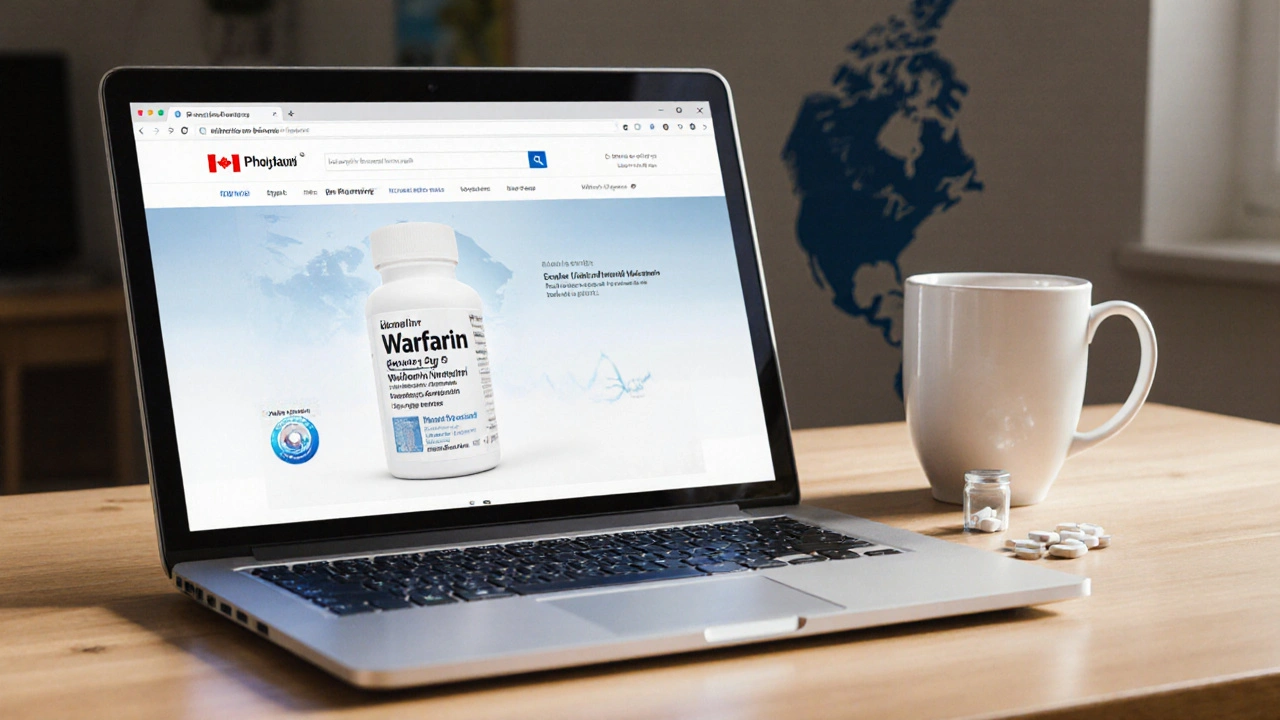Generic Warfarin: Essential Guide for Safe Use
When working with generic warfarin, the low‑cost oral anticoagulant that blocks clot‑forming proteins in the liver. Also known as Warfarin Sodium, it is prescribed to prevent strokes, deep‑vein thrombosis, and pulmonary embolism. Because its effect hinges on the body’s vitamin K‑dependent clotting pathway, patients must watch INR monitoring, a blood test that measures how long it takes blood to clot compared with a standard and adjust the dose accordingly. Vitamin K interaction, the dietary factor that can either blunt or boost warfarin’s anticoagulant power is another piece of the puzzle; sudden changes in leafy‑green intake can swing the International Normalized Ratio (INR) out of the therapeutic window. Understanding these three pieces—drug, monitoring, and diet—helps keep the clot‑preventing benefits while avoiding dangerous bleeding.
Key Factors to Consider
The first practical step is getting the dose right. generic warfarin typically starts at 2–5 mg per day, but the exact number depends on age, weight, genetics, and other medicines. After the initial dose, clinicians aim for an INR between 2.0 and 3.0 for most indications; a narrower range (2.5–3.5) may be needed for mechanical heart valves. Bleeding risk, the likelihood of unwanted hemorrhage that rises when INR climbs above the target is the main safety concern, so patients are taught to watch for bruises, gum bleeding, or dark stools. If INR jumps high, doctors may pause the medication, give vitamin K (the antidote), or use fresh‑frozen plasma in severe cases. Equally important is medication reconciliation: antibiotics, antifungals, and some anti‑inflammatory drugs can boost warfarin levels, while herbal supplements like St. John’s wort can cut its effect. Regular follow‑up appointments, often weekly at the start, then monthly once stable, keep the balance in check.
Beyond the mechanics of dosing, many wonder how generic warfarin stacks up against brand‑name versions and newer agents. The active ingredient is chemically identical, so efficacy and safety are comparable; the cost difference is the real win for patients with tight budgets. However, newer direct oral anticoagulants (DOACs) such as apixaban and rivaroxaban skip INR monitoring and have fewer food‑drug interactions, though they can be pricier and aren't suitable for patients with certain kidney issues. Choosing between generic warfarin, its brand counterpart, or a DOAC boils down to personal health factors, insurance coverage, and willingness to engage in regular blood testing. The articles below unpack dosing strategies, interaction dashboards, and real‑world stories that can help you decide which anticoagulant path fits your lifestyle.

Buy Cheap Generic Warfarin Online - Safe Canadian Pharmacies
Learn how to safely buy cheap generic warfarin online in Canada. Get a step‑by‑step guide, price comparison of vetted pharmacies, and tips to avoid scams.
Read More